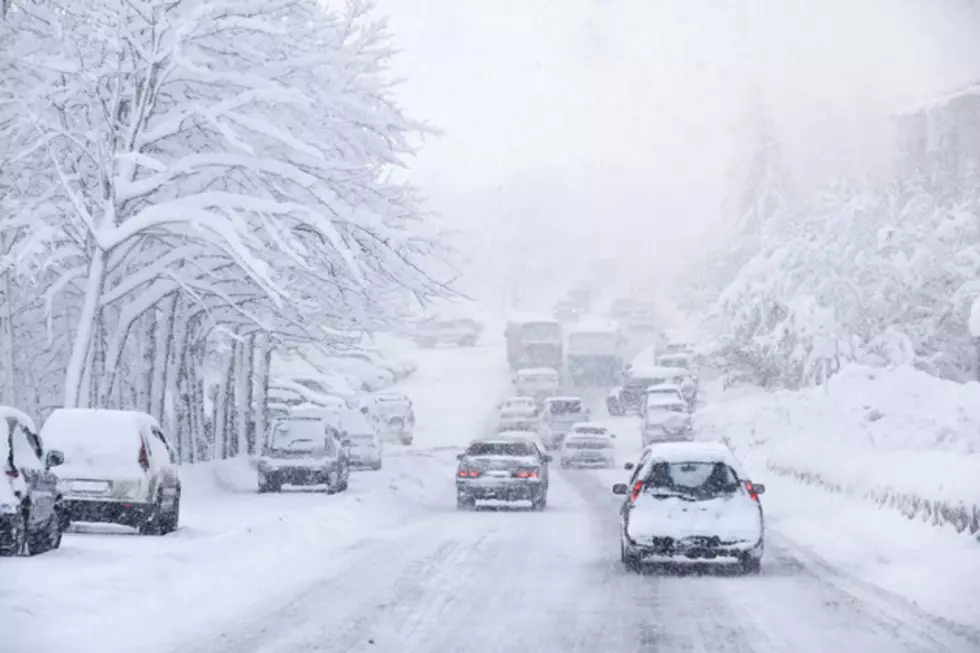
What Is A Weather Model And How Does It Work?
It's been a long, cold, snowy winter. Most of us have probably become pretty focused on the weather forecast - listening to hear what the latest "models" have to say about the weather we'll experience in the next few hours or days.
But what is a weather model?
In the modern era, a weather model is a computer program or dedicated computer that takes the climatological data that's input into it, assigns numerical digits to that information, runs an algorithm to advance the data, and ends up with a result that's translated back into words to produce our forecast. Sound confusing? It's really not - at least to the computer.
WeatherFlow - a company that makes meteorological equipment - describes the process like this:
We can construct a three-dimensional grid of the atmosphere and use these equations to create a mathematical model. If we plug data that we've gathered on its current state into our grid, we can then solve the equations to predict a future state -- numerical weather prediction.
The actual mathematics involved are beyond the scope of this FAQ. However, assuming you've already developed the mathematics for your model, the process goes something like this:
1. First, settle on the area to be looked at and define a three-dimensional grid with an appropriate resolution (20 to 200 kilometers on a side, say, and going maybe 10 kilometers up).
2. Then, gather weather readings (temperature, humidity, barometric pressure, wind speed and direction, precipitation, etc.) for each grid point.
3. Run your assimilation scheme so the data you've gathered actually fits the model you've designed.
4. Now, run your model by stepping it forward in time -- a few minutes, say.
5. Go back and repeat step 2 through step 4 again.
6. When you've finally stepped the model forward as far as your forecast outlook (from a day to maybe a week), publish your prediction to the world.
7. And finally, analyze and verify how accurately your model predicted the actual weather. Revise it accordingly.
All that produces a numerical prediction.
The take-away is that both science and mathematics are your friend. However, even the most-advanced models rely upon an element of uncertainty. Perhaps that's why it's best to give our weather people some slack in regards to their forecasts.


